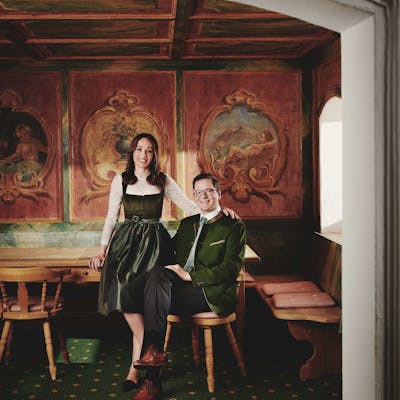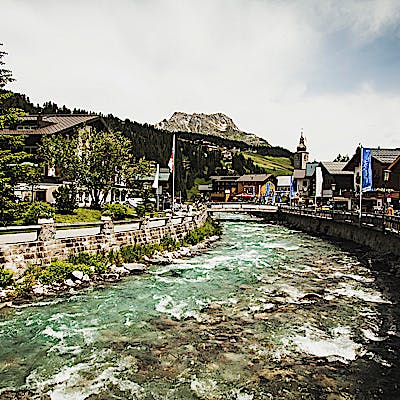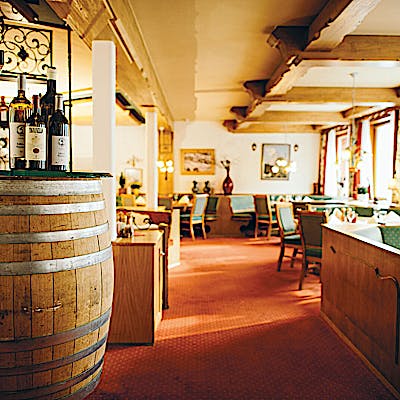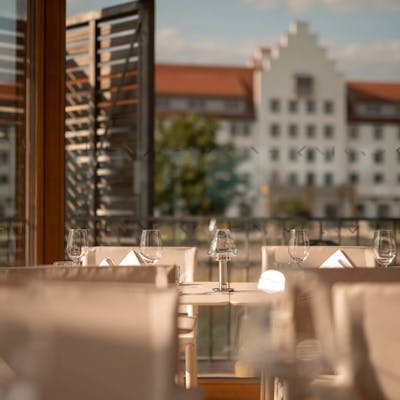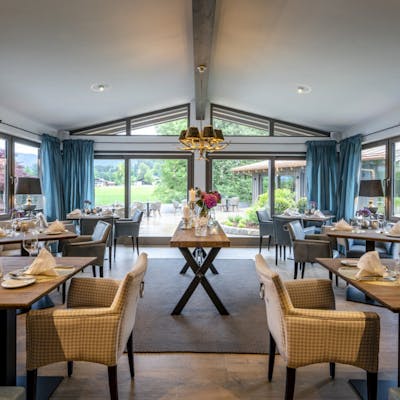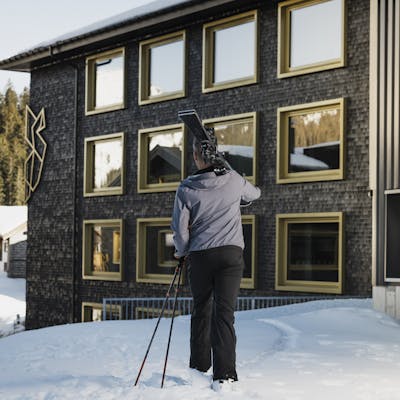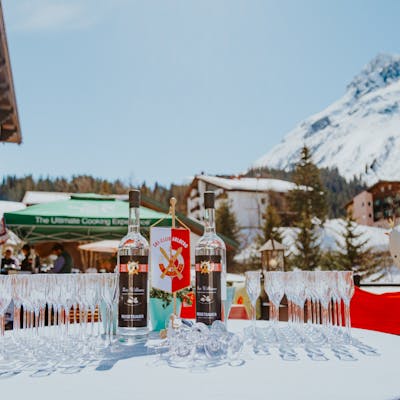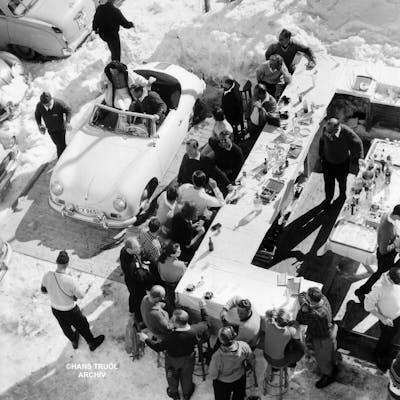



In the alps, the term Allme(i)nde has been known for centuries as the living practice of a cooperative appropriation of natural resources like water, pastures, and forest. Given the increasingly threatened state of such shared natural resources, the idea of commons has become more and more important in public discourse. At allmeinde commongrounds, founded by Gerold and Katia Schneider more than 20 years ago, the desire for a transfer of this model to the knowledge society in the form of joint, transdisciplinary exploration and co-shaping of community is the central principle.
Very early on, in 2000, Gerold and Katia Schneider founded a small eponymous culture initiative that sees itself as a transdisciplinary think tank and platform for discourse.
La Loupe asked Katia and Gerold Schneider to speak about the initiative’s motivation, history, and future.
“The idea for allmeinde commongrounds as a cultural initiative is much older than its name. It has been with me since my early days as a student where it was not at all clear that I would one day end up taking over my parents’ farm Almhof. The idea stemmed from an early need for orientation and reflexion through dialogue, not least from the utopia of designing one’s living space together – something I feel strongly connected to.
Thinking about one’s own living space, the community of others, seemed like quite a plausible task for my life. Together with Katia the project of “a house for the Alps” first came into existence through her thesis in 1994 in Paris. The ideas we developed as part of this thesis basically contain everything that still moves us today. We changed the name to allmeinde (the English counterpart to commongrounds) thanks to a friend: he pointed us in the direction of Ivan Illich’s work “The right to conviviality”.
With the unexpected return to my home, the focal areas of our work ended up moving strongly towards hotel and architecture. We always thought “dialogue needs a (physical) space”. Which is why, back in 2000, the first construction phase of the allmeinde barn in a “disused stable” began.
Expansion and finish took place in 2005/6. Since then, a variety of projects was created, initially with a strong focus on music, but now mostly on visual art. In the original idea of allmeinde art is anchored only as a part, however. In order to better do the idea justice and “outsource” the exhibition, we created KUNSTRAUM ZUG and displayed sculptures by the Austrian sculptor Bruno Gironcoli last winter. This year we continue with an exhibition of the work “Uranium 238 has a half-life of 4.5 billion years” by Vorarlberg artists Christoph and Markus Getzner. In Zug, on the other hand, where my father’s mother’s side is from, we want to dedicate ourselves more to topics of art and handicraft in the coming years



Exhibition Kunstraum Zug
Uranium 238 has a half-life of 4.5 billion years
For the exhibition at Kunstraum Zug the two artists Christoph and Markus Getzner created a new group of works. "The reach of human action and the long-term consequences of today's doing for us humans, for animals, and nature must be reflected upon and, as a consequence, action in the sense of cross-generational responsibility must be taken.
In contrast to this there are periods of time that are faced with an open and uncertain future while wielding insufficiently founded knowledge to support realisation and problem solving."
Christoph und Markus Getzner





 Add to Favourites
Add to Favourites











